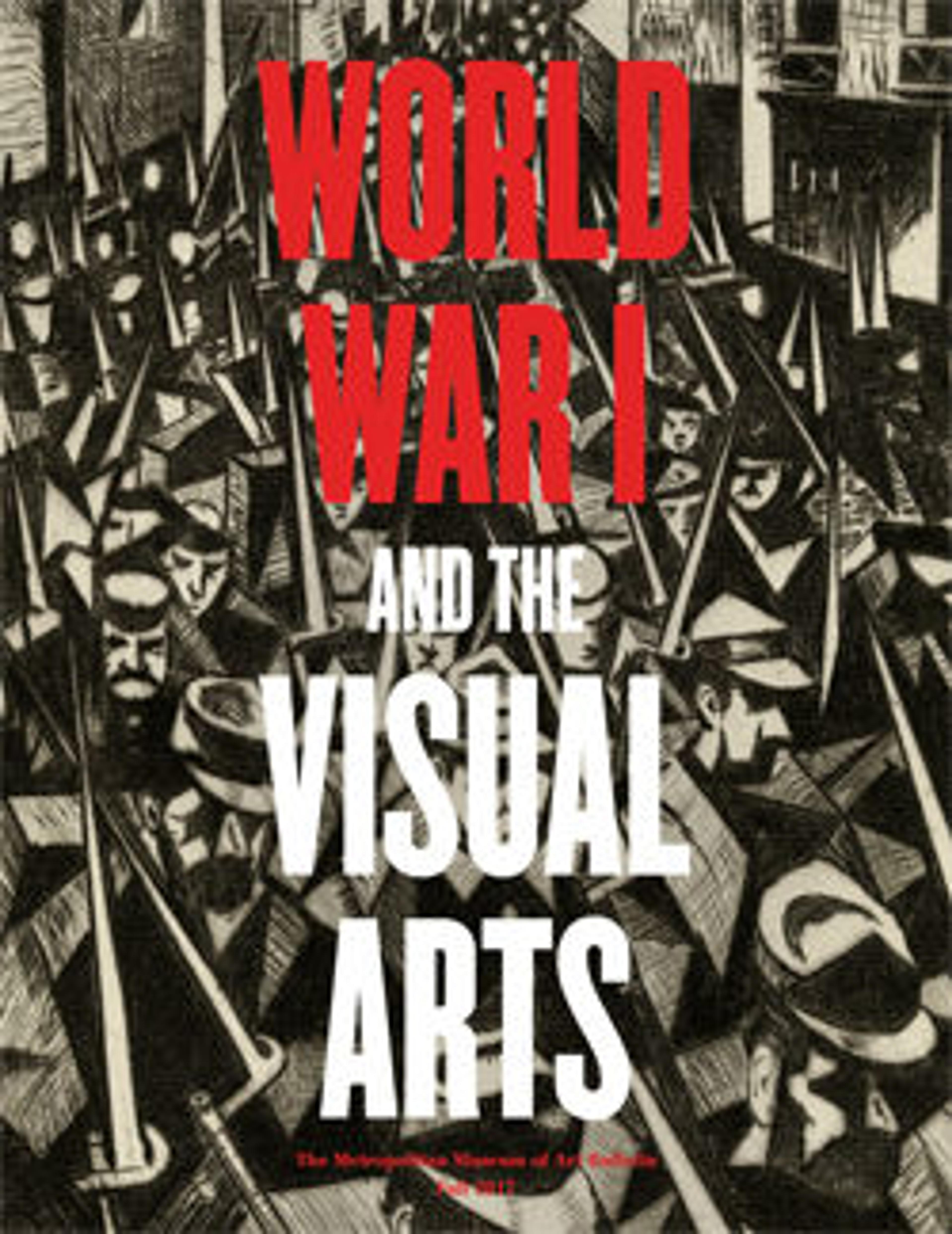Background (Hintergrund)
Regarding his opposition to the war, Grosz wrote "War meant horror, mutilation, annihilation. Did not many wise people feel the same way?" Produced ten years after the armistice, and based on his set designs for Erwin Piscator’s 1928 stage production of The Adventures of The Good Soldier Schwejk, the series presents the devastating effects of the war on the land and its inhabitants—something Grosz, who served as an infantry soldier, knew well. While artists such as Otto Dix focused primarily on soldiers’ experiences, Grosz expanded his critique to institutions such as the government and the church that supported nationalistic rhetoric and stoked the enthusiasm for combat. Hintergrund includes images of skeletons in military uniforms on the battlefield, mass graves, executions, and Christ on the cross wearing a gas mask; Grosz was consequently tried for "insulting institutions of the Church," and many of the Hintergrund portfolios were confiscated and destroyed.
Artwork Details
- Title:Background (Hintergrund)
- Artist:George Grosz (American (born Germany), Berlin 1893–1959 Berlin)
- Publisher:Der Malik Verlag
- Date:1928 (prints made in 1927)
- Medium:Seventeen photolithographs with a printed portfolio
- Dimensions:Each sheet: 6 5/8 × 10 7/8 in. (16.8 × 27.6 cm)
- Classifications:Portfolios, Prints
- Credit Line:Purchase, Janice Carlson Oresman Gift, 2017
- Object Number:2017.53(1–18)
- Curatorial Department: Drawings and Prints
More Artwork
Research Resources
The Met provides unparalleled resources for research and welcomes an international community of students and scholars. The Met's Open Access API is where creators and researchers can connect to the The Met collection. Open Access data and public domain images are available for unrestricted commercial and noncommercial use without permission or fee.
To request images under copyright and other restrictions, please use this Image Request form.
Feedback
We continue to research and examine historical and cultural context for objects in The Met collection. If you have comments or questions about this object record, please contact us using the form below. The Museum looks forward to receiving your comments.
